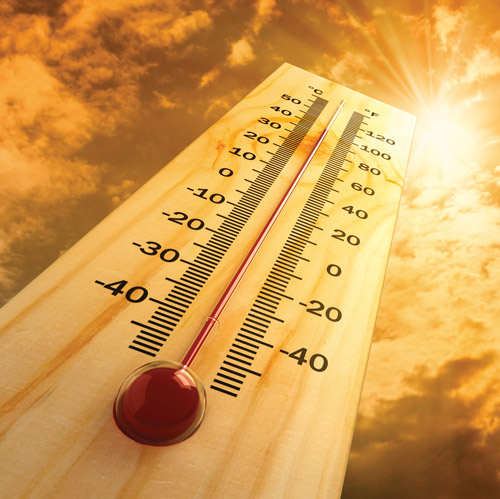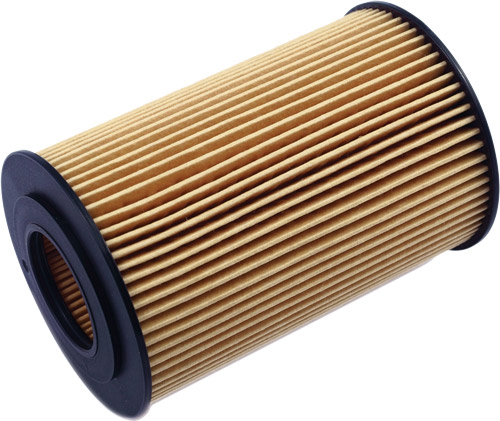Lube Tips
 The “LUBE-TIPS” Section of Machinery Lubrication magazine features innovative ideas submitted by our readers. Additional tips can be found in our Lube-Tips email newsletter. If you have a tip to share, email it to editor@noria.com. To receive the Lube-Tips newsletter, subscribe now at www.MachineryLubrication.com/page/subscriptions.
The “LUBE-TIPS” Section of Machinery Lubrication magazine features innovative ideas submitted by our readers. Additional tips can be found in our Lube-Tips email newsletter. If you have a tip to share, email it to editor@noria.com. To receive the Lube-Tips newsletter, subscribe now at www.MachineryLubrication.com/page/subscriptions.
Don’t Overlook Bearing Lubrication Basics
When rolling-element bearings are lubricated from oil held in a sump, attention to the oil sump level indicator could help extend bearing life and reduce bearing temperatures due to churning and metal-to-metal contact from oil starvation. As a general rule, the lowest rolling element should be half covered with oil when the bearing is stationary. This may seem like a simple rule to observe, but it is surprising how often it is overlooked.
Reduce Oil Sampling Mistakes
When installing oil sampling ports on equipment, try to incorporate permanent sample port identification tags. These tags help minimize confusion regarding the actual location of the sample port on the equipment and ensure that samples are drawn from the correct location. Sample port identification tags also help guarantee the proper label is fixed to the bottle before it is sent to the lab.
Keeping Destructive Particles Out of Oil
One of the biggest culprits for letting dirt into hydraulic and oil reservoirs is the air breather. Many systems come with a standard paper media breather that has a nominal rating of about 40 microns. This allows the smaller, more destructive particles to get into the system easily. Upgrading a standard breather to a high-efficiency filter is easily done using commercial bayonet adapters and quality synthetic hydraulic filters.
How Temperature Affects Lubricant Selection
The main factor that limits the use of mineral oils in high-temperature applications is their oxidation stability rather than the viscosity thinning or thermal stability. In the presence of air, it is generally not advisable to use mineral oils in any application at temperatures above 200 degrees F (93 degrees C).
 Outdoor Lubricant Storage Tip
Outdoor Lubricant Storage Tip
To minimize water and particulate contamination from entering new drums of oil, it is preferred to keep drums indoors and stacked horizontally. However, when it is necessary to store drums outdoors and uncovered, here is a technique that may be used to remove water from the top of a drum.
Attach a paper towel to the top of the drum. Allow the paper towel to hang over the edge of the drum so that the water wicks through the towel and down the side of the drum. Water will continue to travel from the top of the drum to the ground so that breathing of water through the bungs is reduced.
Creating Oil Analysis Performance Standards
Most people have heard the words of ignorance that “oil is oil” when it comes to lubrication. An equally false notion is that “oil analysis is oil analysis.” Just as you would create performance standards for selecting and purchasing lubricants, there needs to be a pre-engineered task description of the work to be done by an oil analysis lab — basically an oil analysis performance standard.
Visual Oil Inspection Method
Appearance and color provide an easy means to detect changes that have taken place in oil. These changes include contamination with other oils, water contamination (often evidenced by haziness/cloudiness when in excess of 200 parts per million depending on the oil type) and oxidation (darkening of the oil). The oil should be clear and bright with no sediment or visible water (haze or layered). Comparing the oil’s color to new, unused oil can be useful in the examination process.
Advice for Changing Filters
When is the correct time to change a filter? When the differential pressure gauge reads 25, 40 or is topped out? Some systems have a built-in pressure relief that may never allow the back pressure to indicate the need for a filter change. Writing the date when the filter was last changed on the filter or tag can help. Including the filter part number has also proven useful. Consider covering the date and part number with plastic so it isn’t wiped off during cleaning.
